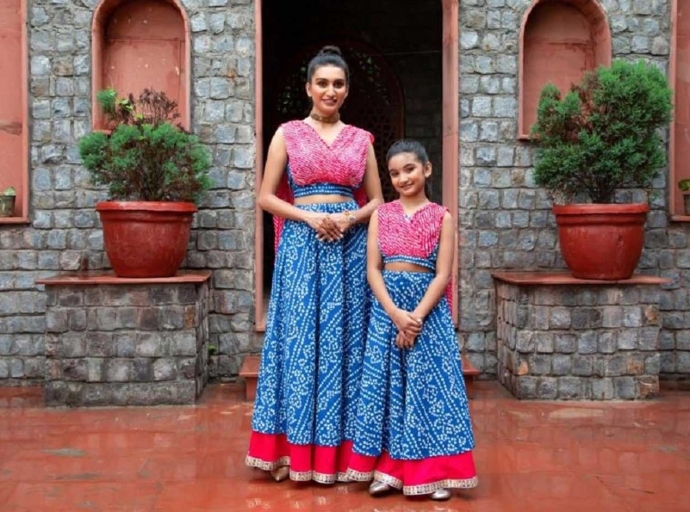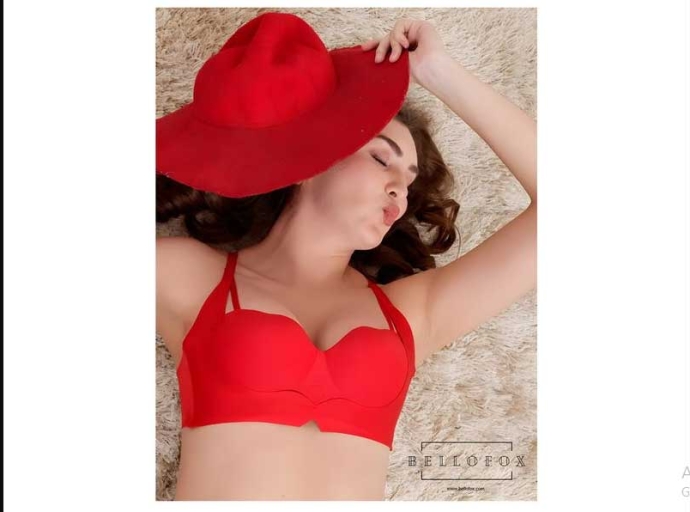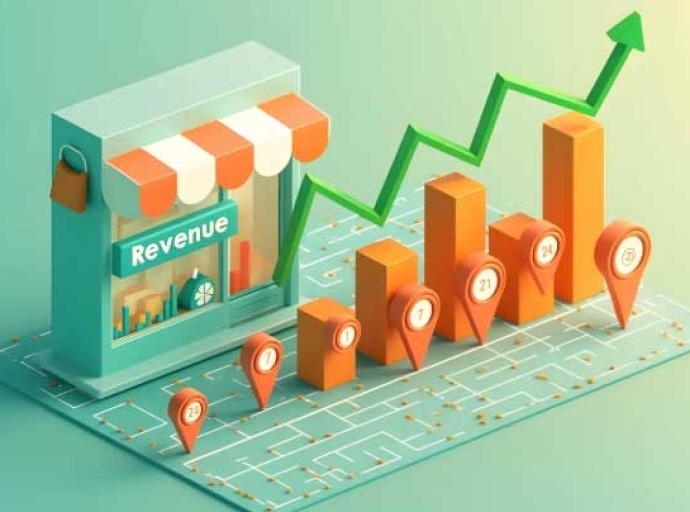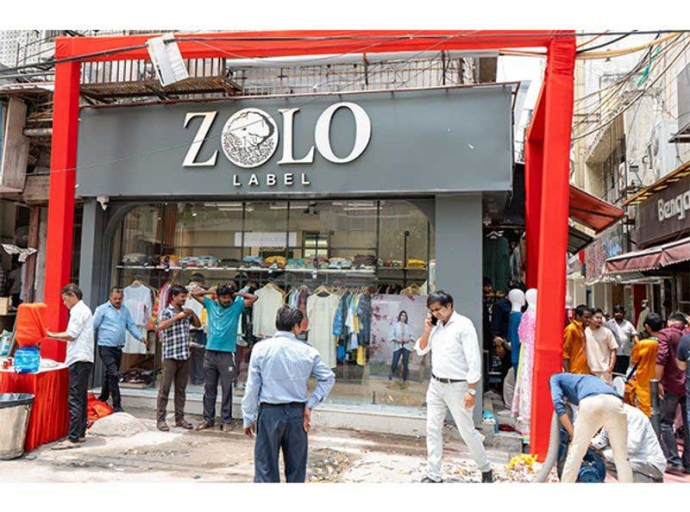01 August 2023, Mumbai
The Growth of Global Luxury Apparel Market
Between 2016 and 2024, the global luxury apparel market is expected to experience remarkable growth, expanding at a Compound Annual Growth Rate (CAGR) of 13.2%.
This growth is driven by the increasing affordability of luxury apparel, which can be attributed to the shift towards mass production of goods, revolutionizing traditional 19th-century dressmaking methods.
Backdrop
Market Research Future's latest report, "Luxury Apparel Market Information By Type, Consumer Group, Gender, Distribution Channel, And Region - Forecast till 2030," provides valuable insights into the global luxury apparel market.
The report projects the market to reach USD 139.2 billion by 2030, growing at a Compound Annual Growth Rate (CAGR) of 3.23% from 2023 to 2030.
The Transformation of Luxury Apparel Affordability and Expanding Customer Base
Growth Kickers: E-Commerce Penetration and Increased Sales
The increasing penetration of e-commerce has been a significant driver of market growth. Luxury apparel brands have strategically embraced online platforms to reach a broader audience, resulting in heightened sales.
The convenience of online shopping, coupled with a vast product selection, has made luxury apparel more accessible to a larger customer base.
Big Brands' Expansion and New Consumer Base
Renowned luxury brands like Louis Vuitton, Prada, and Versace are leading the way by expanding into developing economies.
This strategic move not only enhances their geographical reach but also taps into a newer consumer base.
As a result, these brands are enjoying increased market presence and growth opportunities beyond traditional markets.
Opportunities: Uniqueness and Exclusivity in High Demand
Luxury apparel brands have identified robust opportunities by capitalizing on consumers' desire for uniqueness and exclusivity.
By producing limited quantities, collaborating with renowned designers, and using precious materials, these brands cater to discerning customers seeking exclusive products not readily available to the general public.
The allure of owning rare and sought-after fashion items enables consumers to showcase their refined taste and elevate their social status.
Restraints and Challenges: Limited Accessibility and Fashion Awareness
Despite the growth potential, certain factors act as market restraints. In low-income countries and rural areas, luxury apparel faces limited accessibility due to logistical challenges and lower purchasing power.
Additionally, a lack of fashion awareness among consumers in certain regions may dampen market growth during the forecast period.
COVID-19 Impact: Navigating Economic Downturn and Resale Trend
The global pandemic, COVID-19, significantly impacted the luxury apparel market. Lockdowns and restrictions on social gatherings reduced the demand for luxury clothing as people shifted priorities during uncertain times.
However, the market witnessed a trend of luxury resale in the worldwide market, facilitated by stimulus funds in industrialized nations.
This provided a cushion in personal budgets, allowing consumers to invest in luxury items despite the economic challenges.
Market Segmentation
The luxury apparel market is segmented based on distribution channel, gender, consumer group, and type. Clothing remains the leading segment in terms of type, while Gen X dominates the consumer group category.
The female gender continues to spearhead the market, and offline channels retain a commanding position in the distribution.
Regional Analysis: Asia-Pacific and Europe Leading the Way
Asia-Pacific (APAC) currently holds the largest market share, primarily driven by the substantial populations and rising incomes of China, India, and Japan.
The preferences of millennials and Generation Z for luxury products have contributed to market growth in these countries.
Europe closely follows APAC, boasting several luxury fashion companies and attracting millions of tourists annually.
The region's reputation for premium-quality goods, including luxury apparel, has justified premium pricing and aided market expansion.
Esteemed Clientele and Outreach to Broader Customer Range
The luxury apparel market proudly caters to an esteemed clientele, primarily comprising high-net-worth individuals seeking exclusive and premium products.
However, in recent years, a notable trend has emerged as several designers and fashion brands reach out to a broader range of customers by offering more affordable luxury products.
Short message
The luxury apparel market is well-positioned for sustainable growth until 2030, supported by factors like increasing e-commerce penetration, the aspiration for exclusivity, and expanding markets in Asia-Pacific and Europe.
While challenges such as limited accessibility in certain regions exist, the industry's adaptability and resilience are evident through the shift to online platforms and the emergence of the luxury resale trend during the COVID-19 pandemic.
To capitalize on the opportunities presented, luxury apparel brands should continue to prioritize uniqueness, exclusivity, and an enhanced online shopping experience to meet evolving consumer demands in the years to come.
Gist
The global luxury apparel market is expected to grow significantly in the next few years, driven by factors such as increasing e-commerce penetration, the aspiration for exclusivity, and expanding markets in Asia-Pacific and Europe.
- The luxury apparel market is expected to grow at a CAGR of 3.23% from 2023 to 2030.
- This growth is being driven by a number of factors, including:
- The increasing penetration of e-commerce, which has made luxury apparel more accessible to a wider audience.
- The aspiration for exclusivity, as consumers increasingly seek out unique and rare luxury items.
- The expanding markets in Asia-Pacific and Europe, where there is a growing demand for luxury goods.
- While there are some challenges to growth, such as limited accessibility in certain regions, the industry is adapting and evolving to meet the needs of consumers.
- Luxury apparel brands that prioritize uniqueness, exclusivity, and an enhanced online shopping experience are well-positioned to capitalize on the opportunities presented in the coming years.
CREDITS: Market Research Future (MRFR) report
Latest Publications


































